当前位置:
X-MOL 学术
›
ACS Appl. Opt. Mater.
›
论文详情
Our official English website, www.x-mol.net, welcomes your
feedback! (Note: you will need to create a separate account there.)
Tailoring the Photoluminescence of Monolayer WS2 under Weak and Strong Coupling Regimes
ACS Applied Optical Materials ( IF 3.8 ) Pub Date : 2024-03-18 , DOI: 10.1021/acsaom.4c00043 Ben Johns 1 , Kuljeet Kaur 1 , Jino George 1
ACS Applied Optical Materials ( IF 3.8 ) Pub Date : 2024-03-18 , DOI: 10.1021/acsaom.4c00043 Ben Johns 1 , Kuljeet Kaur 1 , Jino George 1
Affiliation
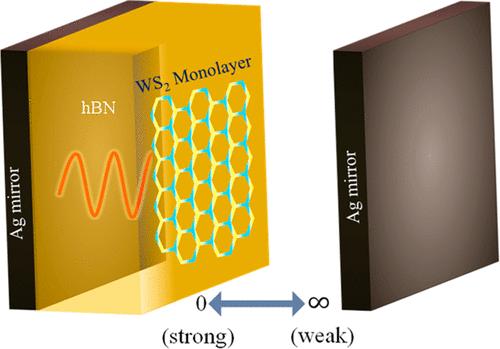
|
2D materials such as transition metal dichalcogenides (TMDs) display sharp exciton resonances in the visible range at room temperature. The high oscillator strengths and relatively high quantum yields make TMDs attractive as quantum emitters and also as a test bed for gaining insight into fundamental light–matter interactions. Engineering the electromagnetic environment is known to be key in controlling the line shape and emissivity of a quantum emitter from weak to strong coupling regimes. We comparatively study the emission properties of monolayer tungsten disulfide (WS2) in weakly coupled open cavities and strongly coupled Fabry–Perot cavities, using angle-resolved reflectance and photoluminescence microspectroscopy. The experimental results are further correlated to transfer matrix simulations. We show that under weak coupling the monolayer emissivity can be efficiently controlled in the momentum space by tuning the cavity resonance. Moreover, the spectral features do not show any splitting, as expected under weak coupling. However, the calculated electric field distributions reveal a spectral doublet when the exciton and cavity modes are degenerate. In contrast, under strong coupling, we clearly observe spectral variations in the monolayer emission due to the formation of polaritonic branches. By controlling the relative emissivity and energies of the coupled and uncoupled states, we demonstrate that the monolayer emission can be fine-tuned and redistributed through the lower polaritonic state. Our experimental findings provide valuable insight into the application of light–matter coupling using monolayer TMDs in nanophotonic and quantum systems.
中文翻译:

在弱耦合和强耦合条件下定制单层 WS2 的光致发光
过渡金属硫化物 (TMD) 等 2D 材料在室温下在可见光范围内显示出尖锐的激子共振。高振荡器强度和相对较高的量子产率使 TMD 作为量子发射器以及深入了解基本光-物质相互作用的测试平台具有吸引力。众所周知,设计电磁环境是控制量子发射器的线形和发射率从弱耦合到强耦合状态的关键。我们使用角度分辨反射和光致发光显微光谱比较研究了单层二硫化钨 (WS2) 在弱耦合开放腔和强耦合法布里-珀罗腔中的发射特性。实验结果进一步与传递矩阵仿真相关联。我们表明,在弱耦合下,可以通过调整腔谐振在动量空间中有效地控制单层发射率。此外,光谱特征没有像在弱耦合下预期的那样显示任何分裂。然而,计算出的电场分布揭示了当激子和腔模式简并时,光谱双峰。相比之下,在强耦合下,我们清楚地观察到由于极化子分支的形成而导致的单层发射的光谱变化。通过控制耦合和非耦合态的相对发射率和能量,我们证明了单层发射可以通过较低的极化态进行微调和重新分配。我们的实验结果为使用单层 TMD 在纳米光子和量子系统中的应用提供了有价值的见解。
更新日期:2024-03-18
中文翻译:

在弱耦合和强耦合条件下定制单层 WS2 的光致发光
过渡金属硫化物 (TMD) 等 2D 材料在室温下在可见光范围内显示出尖锐的激子共振。高振荡器强度和相对较高的量子产率使 TMD 作为量子发射器以及深入了解基本光-物质相互作用的测试平台具有吸引力。众所周知,设计电磁环境是控制量子发射器的线形和发射率从弱耦合到强耦合状态的关键。我们使用角度分辨反射和光致发光显微光谱比较研究了单层二硫化钨 (WS2) 在弱耦合开放腔和强耦合法布里-珀罗腔中的发射特性。实验结果进一步与传递矩阵仿真相关联。我们表明,在弱耦合下,可以通过调整腔谐振在动量空间中有效地控制单层发射率。此外,光谱特征没有像在弱耦合下预期的那样显示任何分裂。然而,计算出的电场分布揭示了当激子和腔模式简并时,光谱双峰。相比之下,在强耦合下,我们清楚地观察到由于极化子分支的形成而导致的单层发射的光谱变化。通过控制耦合和非耦合态的相对发射率和能量,我们证明了单层发射可以通过较低的极化态进行微调和重新分配。我们的实验结果为使用单层 TMD 在纳米光子和量子系统中的应用提供了有价值的见解。



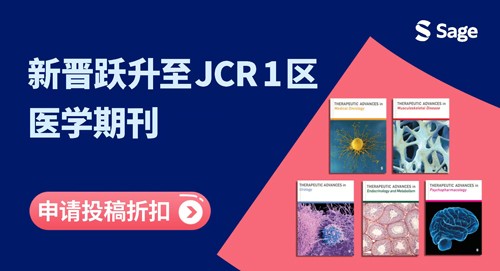







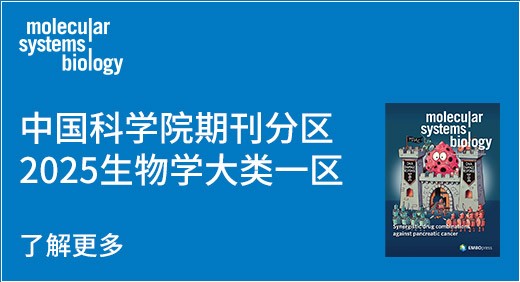
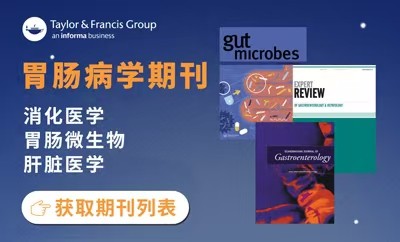

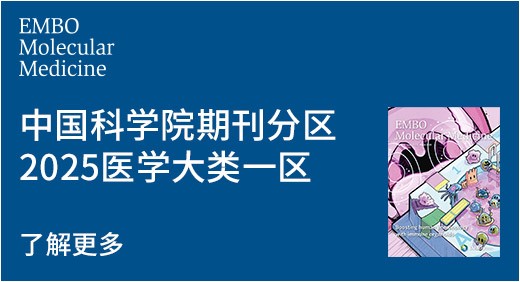


































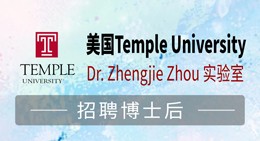












 京公网安备 11010802027423号
京公网安备 11010802027423号